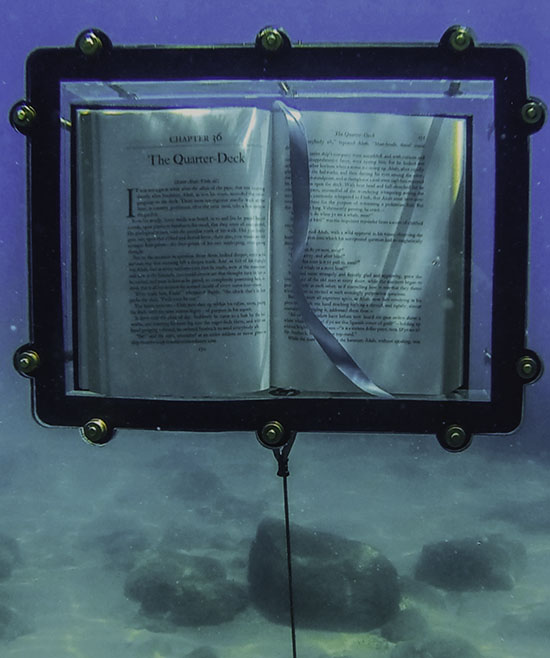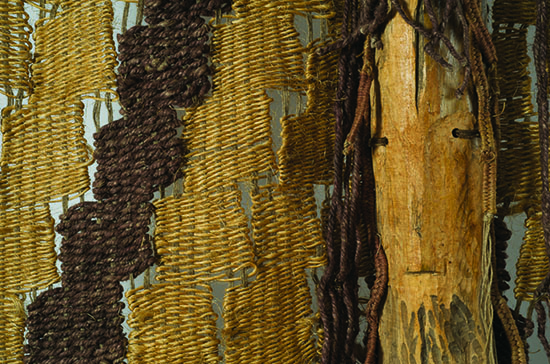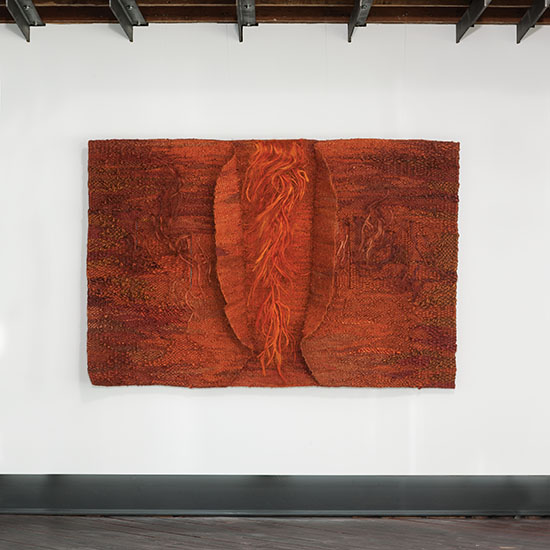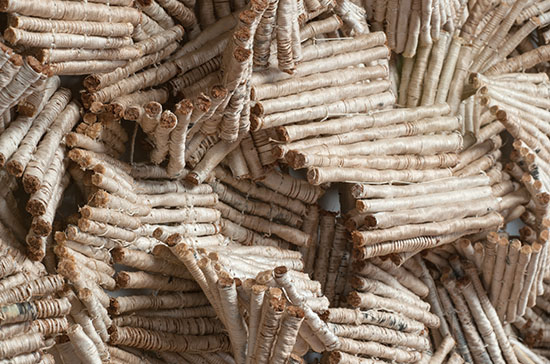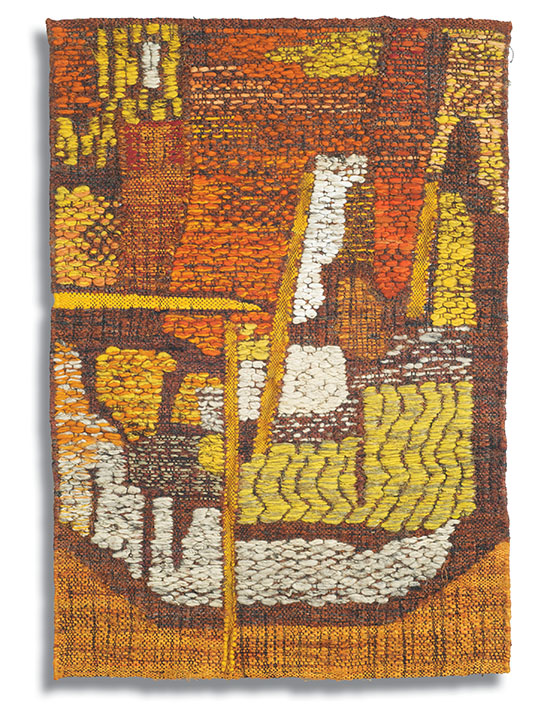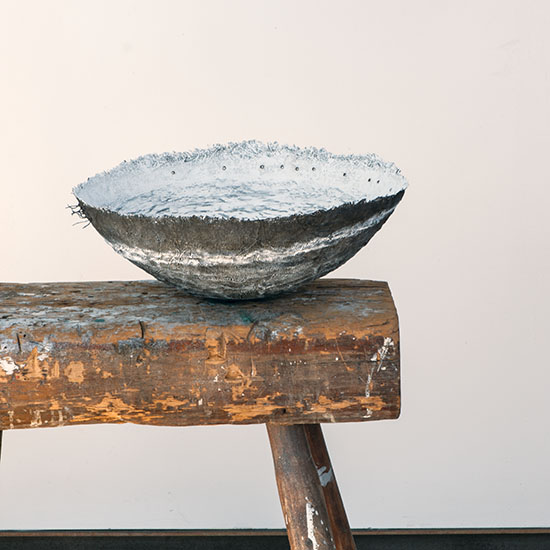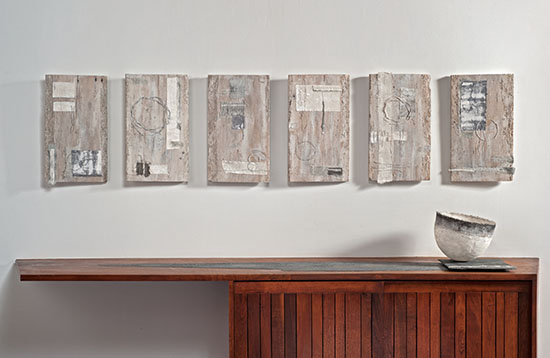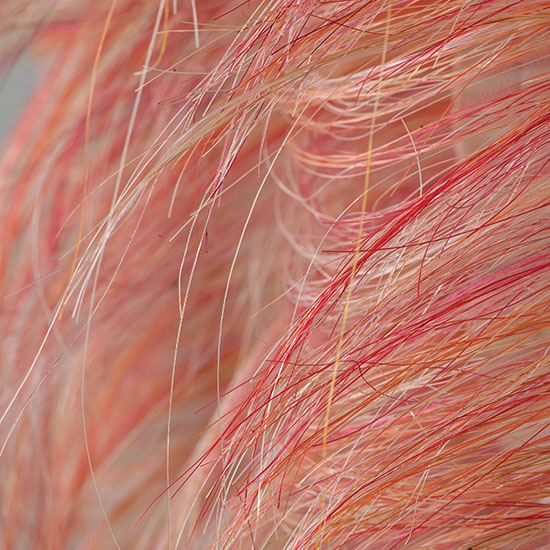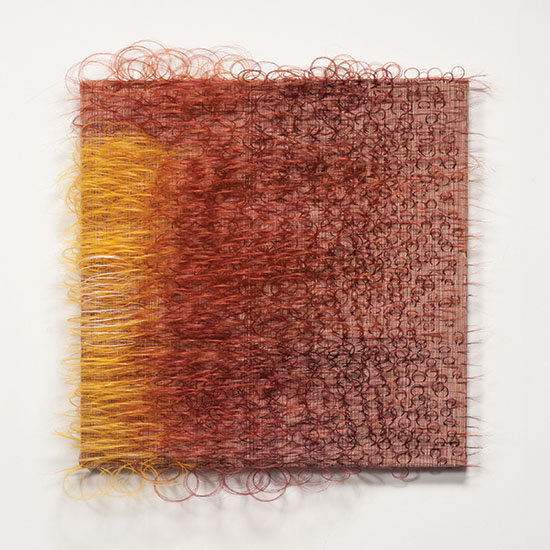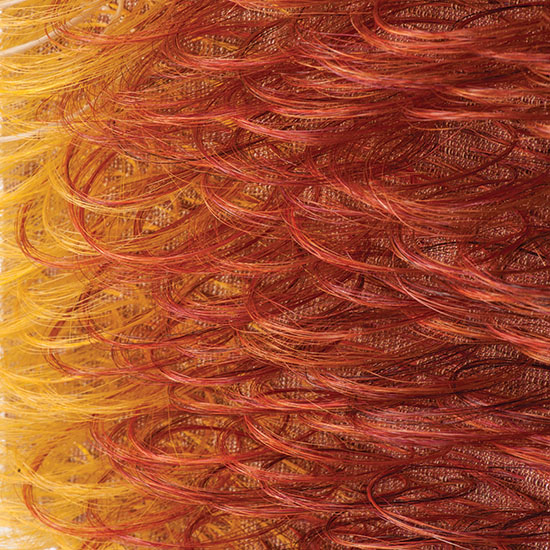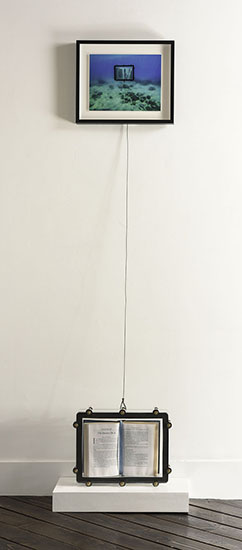
What Lies Beneath, is a mixed media sculpture. The unique water housing was created to submerge Moby Dick by Herman Melville underwater. The image was taken while the book was underwater and feathered to a rock. The artist, Lawrence LaBianca is a sculptor that takes his studio work to the outdoors. Making machine like sculptures that harness natural phoneme to generate the art. This piece is part of a larger body of work that engages aquatic environments. , Lawrence LaBianca, 40″ x 18.5″ x 8.5″, 2016. Photo by Tom Grotta
This March (2nd-6th), browngrotta arts will participate in the art on paper art fair at Pier 36 in New York City http://thepaperfair.com/ny. Among the works we will display is Lawrence LaBianca’s mixed-media sculpture, What Lies Beneath. LaBianca takes much of his studio work to the outdoors, making machine-like sculptures that harness natural phenomena to generate the art. His sculptures are extensions of the human hand through which materials are manipulated and shaped, and they are the vehicles through which information can be unearthed. “The tools we apply to nature—to contain it, shape it, understand it and categorize it,” says the artist, “also have a profound affect upon it. It is this impetus to measure, understand, contain and manipulate nature that I enact through my work.” LaBianca created the unique water housing of What Lies Beneath in order to submerge the iconic text of Moby Dick by Herman Melville underwater. The image was taken while the book was underwater and tethered to a rock.

